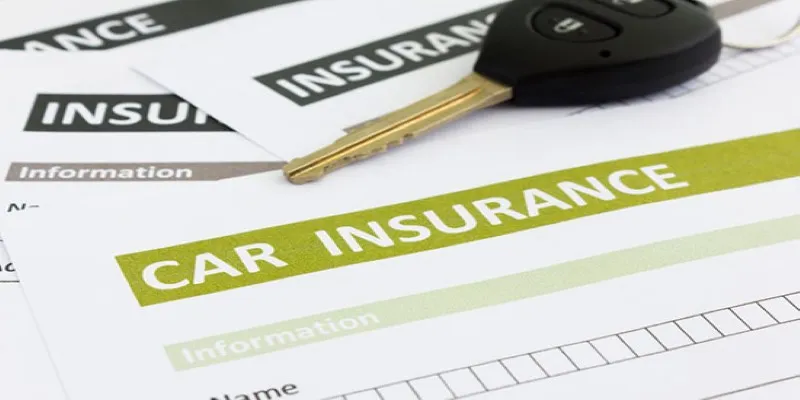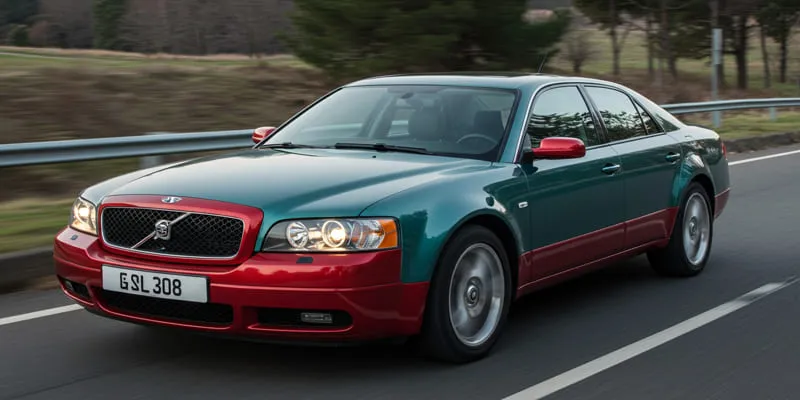What Is Full Coverage Car Insurance and Why It's Essential for Drivers
When it comes to protecting your vehicle, the type of car insurance you choose can make all the difference. Full coverage car insurance stands as one of the most comprehensive options available, offering a range of protections that might give you peace of mind when the unexpected happens.

Whether you’re a new driver or someone seeking to update your policy, understanding the ins and outs of full coverage insurance is crucial. Let’s dive deeper into the components of full coverage and why it might be the right choice for your vehicle protection.
What Does Full Coverage Car Insurance Include?
To fully understand what full coverage car insurance is, it’s essential to get into the specifics. Full coverage is not like basic car insurance, which usually covers only the minimum liability protection. By understanding these individual components, you can decide if this insurance policy meets your needs.
At its core, full coverage car insurance usually includes three main areas: liability coverage, collision coverage, and comprehensive coverage.
Liability Coverage
This is the foundation of most car insurance policies and, in many cases, the minimum level of car insurance required by your state. Liability insurance pays for injuries and damages you cause to others in an accident. It’s divided into two parts: bodily injury liability and property damage liability. If you’re at fault in an accident, bodily injury liability covers medical bills, rehabilitation, and other costs. Property damage liability helps pay for damages to vehicles or property you damage in an accident.
Collision Coverage
Regardless of who is at fault, collision coverage will pay for repairs to your own car in the event of an accident. If your car is damaged in an accident, this coverage is critical, as it will pay to fix your car or replace it (up to the policy limit) if it’s a total loss. If you drive an older vehicle or have already paid one off, this coverage might seem like an additional expense but can be invaluable in the event of an expensive accident.
Comprehensive Coverage
Comprehensive coverage takes care of damages to your car that aren’t the result of a collision. This includes incidents like theft, vandalism, natural disasters, or even hitting an animal. If you live in an area prone to storms, wildlife, or other unpredictable events, it can be particularly valuable. Comprehensive coverage offers more than just protection from a crash, providing a cushion of protection that extends over a host of other incidents.
Why Is Full Coverage Car Insurance Important?
Now that we understand what full coverage car insurance includes, let’s examine why it’s essential. While it may come with a higher premium than the state-required minimum coverage, the protection it provides can be invaluable. Here are a few reasons why full coverage is worth considering:

Financial Protection After an Accident
Car accidents can be costly, even if you’re not at fault. Full coverage ensures that you’re not left paying out of pocket for damages to your vehicle, other people’s property, or medical bills. This can be especially important if you drive a newer or more expensive vehicle. Without full coverage, you could face significant out-of-pocket expenses that could severely impact your finances.
Leasing or Financing Requirements
If you’re leasing or financing your vehicle, your lender or leasing company may require you to carry full coverage. They want to ensure that the car is protected in case of an accident, as they still have a financial stake in the vehicle. If you don’t carry full coverage, you could risk violating your lease or loan agreement, potentially leading to penalties or the requirement to pay off the remainder of the loan in full.
How Much Does Full Coverage Car Insurance Cost?
One of the most common concerns about full coverage car insurance is the cost. While it tends to be more expensive than a basic liability policy, the actual price can vary widely depending on several factors. The amount you pay for full coverage car insurance is influenced by the following:

Your Driving History
Insurance providers often consider your driving record when determining your premium. If you have a history of accidents or traffic violations, you may face higher premiums. Conversely, if you have a clean driving record, you may qualify for discounts, making full coverage more affordable.
The Make and Model of Your Car
The type of vehicle you drive plays a significant role in your insurance premium. Expensive or luxury cars generally cost more to insure, especially for full coverage, because they are more costly to repair or replace. Cars with higher safety ratings and lower repair costs may also result in lower premiums.
Your Location
Your geographic location can affect your car insurance rates. Areas with higher traffic volume, more accidents, or a greater risk of theft or natural disasters will typically have higher premiums. On the other hand, if you live in a rural area with less risk, your premiums might be lower.
Your Deductible
Full coverage car insurance policies come with a deductible, which is the amount you must pay out of pocket before your insurance coverage kicks in. A higher deductible can lower your monthly premium, but it means you’ll have to pay more if you need to file a claim.
Conclusion
Full coverage car insurance provides a comprehensive safety net for drivers seeking more protection than what is offered by state-required minimums. While it may come at a higher price, the peace of mind it offers can be invaluable in the face of accidents, natural disasters, or theft. By understanding the different components of full coverage—liability, collision, and comprehensive—you can make an informed decision about whether this type of insurance fits your needs and budget.











